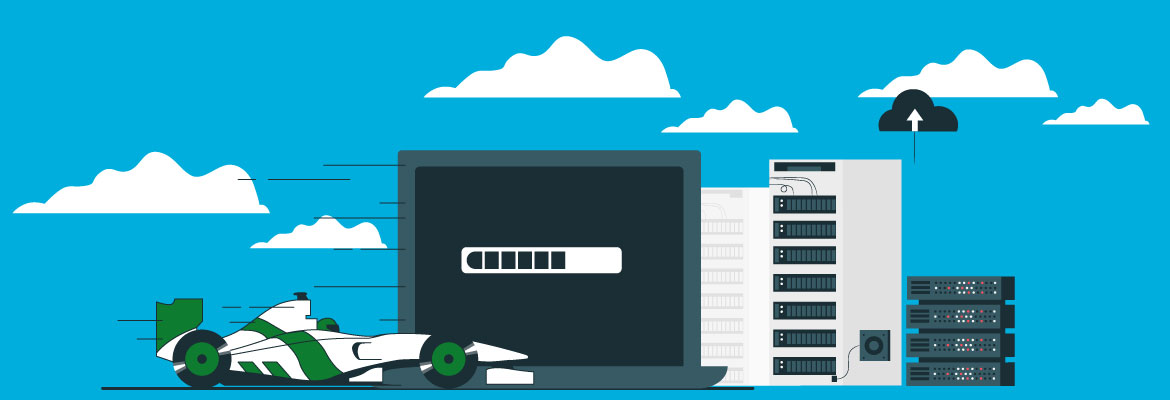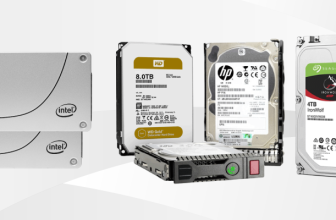A Quick Guide to the Difference Between SAS, SATA and NVMe Drives

The type of storage interface we choose greatly impacts the device’s performance and overall functioning.
What Is SAS?
SAS or Serial Attached SCSI is the latest version of the SCSI standard and is used to transfer data point-to-point between hardware devices to build enterprise-level storage solutions.
What Are Its Key Benefits?
SAS comes with a multitude of advantages that include,
- It offers greater expandability and can theoretically support up to 16,384 devices.
- SAS drives possess built-in redundancy that aids users during device failures.
- They offer very high transfer speeds to improve the device functioning
SAS Features
- Performance and scalability
SAS interface is built with integrated technologies, which makes it deliver greater performance than that of the SATA. Moreover, these SAS units offer out-of-the-box scalability to the devices
- Flexibility
SAS can connect to multiple device types compared to all other interfaces and has better flexibility even at the architectural level.
Are SAS Drives Faster Than SATA?
What Is SATA?
SATA or Serial ATA is the storage interface that connects ATA hard drives to the motherboards of the devices. SATA uses serial communication for data transfers.
How Does SATA Work?
SATA physically writes the data into the disk and requires regular de-fragmentation. These SATA drives are less expensive compared to other storage interfaces and can handle large storage volumes.
SATA Features
- Performance and scalability
SATA is significantly slower than SAS, and its data transfer rate is limited because of the limited functionality of the port, which affects the performance of the drive. Also, SATA drives exhibit scalability if installed in SAS-based infrastructures.
- Flexibility
SATA interface is notably less flexible than other storage interfaces.
Can I Replace SATA Drives With SAS?
SATA slots cannot be replaced with SAS slots. But the reverse is possible. So, for example, if I have a SAS backplane, I can install either SAS or SATA drives in that backplane, given that they have the same form factor.
What Is NVMe?
How Does It Support Your Workflows?
NVMe is attached to the PCIe slot for accessing high-speed storage. The protocol capitalizes on parallel data paths to proffer high performance and low latency. Its interface slots are initially designed for graphic cards, so it offers better speeds for devices.
NVMe Features
- Performance and scalability
NVMe storage drives receive commands and process them with higher IOPS through write amplification reduction, thereby proffering high performance at all times. Additionally, NVMe has the upper hand when it comes to device-level scalability.
- Flexibility
NVMe is extremely flexible. Where SATA/SAS supports two form factors, NVMe supports a wide range of form factors providing greater operational efficiency with its flexibility.
Which Is The Ideal Storage Solution Among The Three?
When it comes to storage solutions, there is never one ideal option without considering the user requirements.
Final Takeaway




